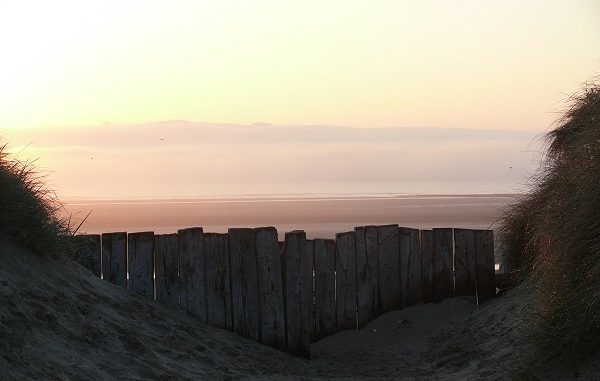
Last week I wrote about visiting Mont-St-Michel but of course that’s just one small part of Normandy and there’s so much more to discover in this historic and truly fascinating part of France.
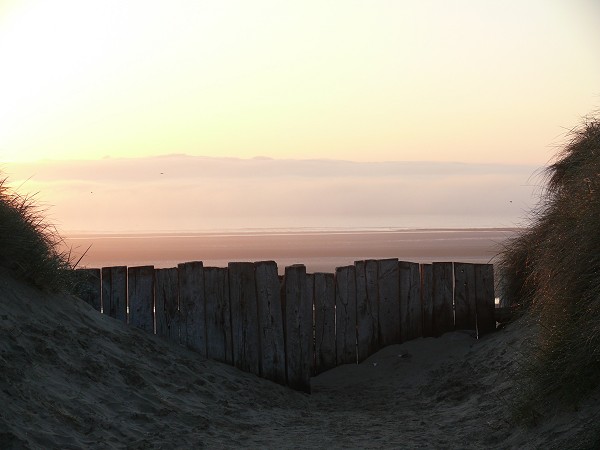
Utah Beach was one of five landing beaches on D-Day, 6th June 1944, the day an invasion force of British, US, Canadian, Australian, and other Allied forces crossed the English Channel and landed on French soil. Utah and nearby Omaha beaches were the two US landing beaches around the Cherbourg peninsula, with the British and Canadian beaches – Gold, Juno, and Sword – stretching along the Normandy coast towards Le Havre.
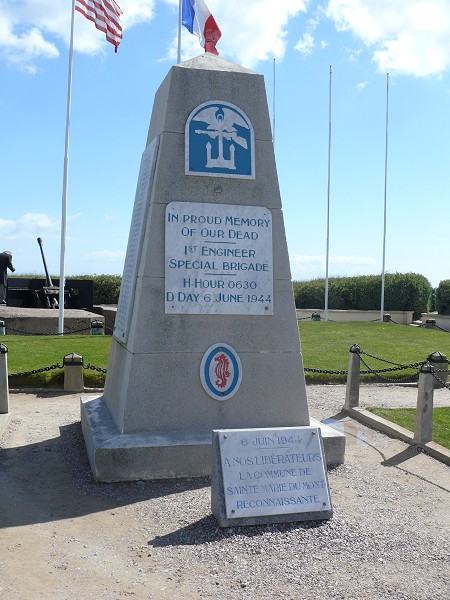
75 years may have passed since D-Day but to visit this part of Normandy is to be given a remarkable insight into what happened that day in 1944 and in the days and weeks that followed, because it was not an easy conquest. The village of Sainte-Marie-du-Mont was the first French village to be liberated and you can read a great account of just how tough the battle for the village and to secure Utah Beach was here. Also in the area is
Sainte-Mère-Eglise, which has a dummy paratrooper on the church roof in memory of John Steele, whose story was told in the film “The Longest Day”. The town makes a great base for exploring the area.
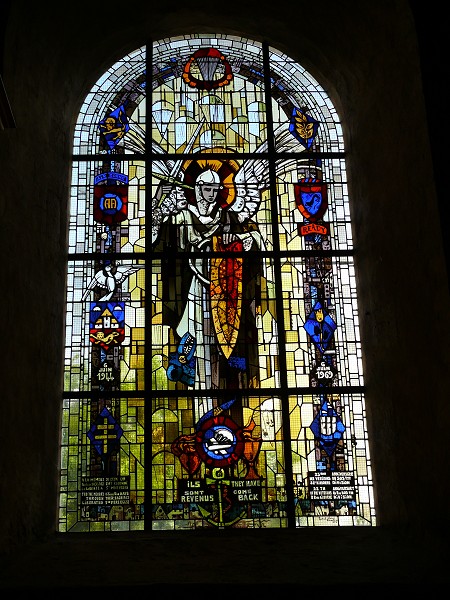
Reminders of the terrible losses of the battle for Normandy – and those of other, older battles – are all around you in this part of the world and I think it’s worth visiting sites like the Normandy American Cemetery and Memorial at Colleville-sur-Mer and La Cambe German war cemetery to get a sense of the sheer scale of the battles and the devastating human consequences.
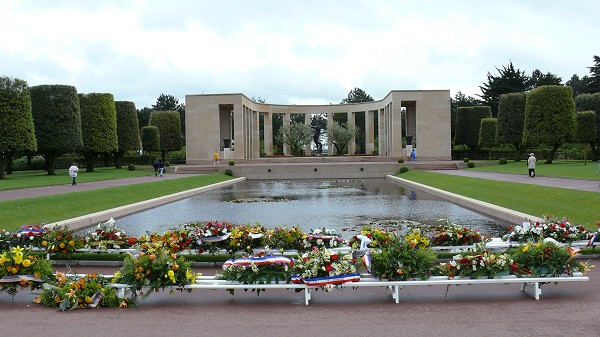
Personally I found La Cambe particularly upsetting; Normandy had not been the expected invasion site for the German army and there is a terrible poignancy in the deaths of 16 and 17 year old boys – little more than children – for such a dreadful cause. More than 21,000 German soldiers are buried at La Cambe and around 80% were less than 20 years old when they died. There’s more about La Cambe as a place of reconciliation between France and Germany here.
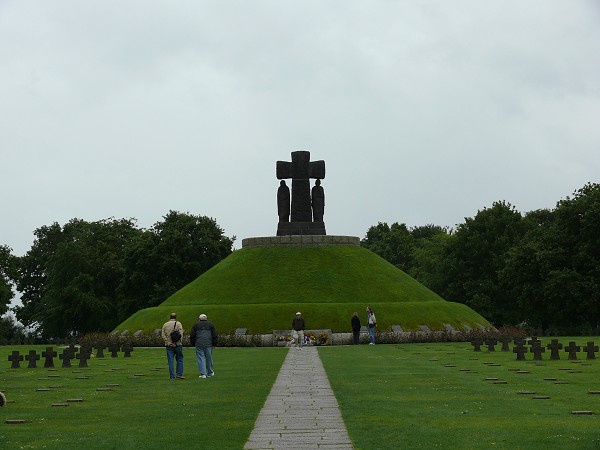
I highly recommend visiting the Caen Memorial Museum. The displays are very powerful and give you a real insight into how WW2 happened in the first place while also presenting a very human insight into what civilian and military life was like during the occupation of France. Walking the landing beaches, seeing the remains of the fortifications, and visiting the many museums (like the Museum of the Atlantic Wall in Ouistreham) should be on anyone’s list if they have any interest at all in history.
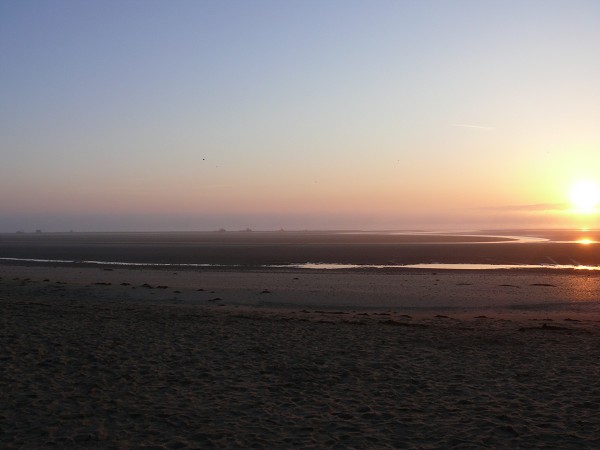
The Normandy coast does get busy during the summer months and especially around the D-Day anniversary, but there are still plenty of opportunities to get away from the crowds and enjoy this beautiful part of the world.

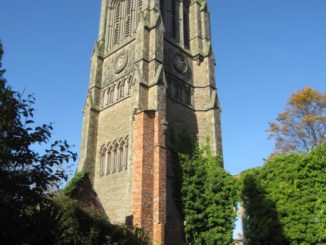

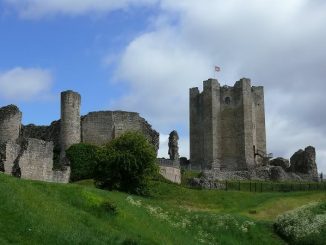
Be the first to comment